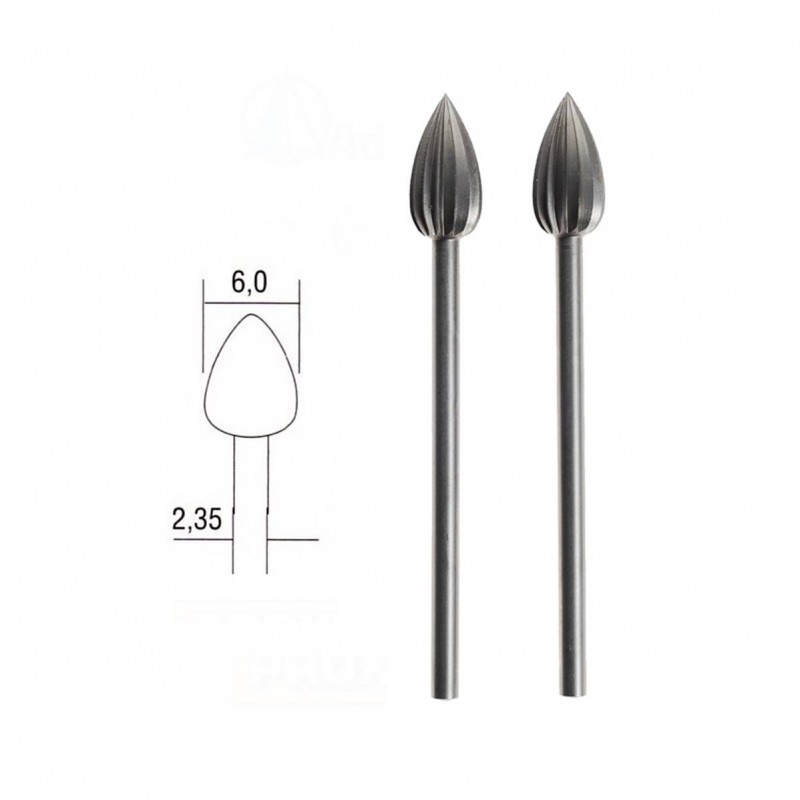
This surpasses the growth rate of the kink, sausage and interchange instability. As the magnetic field created by the pinch current is a function of both the density and speed of the charges, this causes the resulting pinch field to be non-linear across the plasma column. In this concept, the pinch is developed such that the plasma flows at different speeds as one moves out from the center of the plasma column, with the outer layers being about ten times as fast as the center. The idea of using the flow of the plasma as an additional stabilizing force developed in the 1990s.

With no obvious solution to these new class of problems, major research on the classic pinch devices ended by the early 1960s. However, further investigation showed that new "microinstabilities" were just as effective at destroying confinement as the earlier, larger, instabilities had been.
#POWER ZAP LINE CUTTER FREE#
At first it appeared these designs were free from the instabilities of the earlier devices. This led to the development of the stabilized pinch machines, with the most notable example being the UK's ZETA. In early experiments, pinch systems were found to be unstable and the plasma was quickly forced into the walls of the reaction chamber, cooling it off so that fusion would not occur. The device's relative simplicity led many researchers around the world to attempt to build pinch systems. The current is either induced using an external magnet, or directly applied using electrodes in the reaction chamber. In the case of a fusion device, the conductor is a plasma of the fusion fuel itself.

It relies on the fact that a current flowing in a conductor will produce an inward-directed force, squeezing the conductor. The pinch effect is one of the earliest methods of fusion power to be explored.

Normal pinch plasma will form instabilities such as the ones shown above, which will disrupt the plasma.


 0 kommentar(er)
0 kommentar(er)
